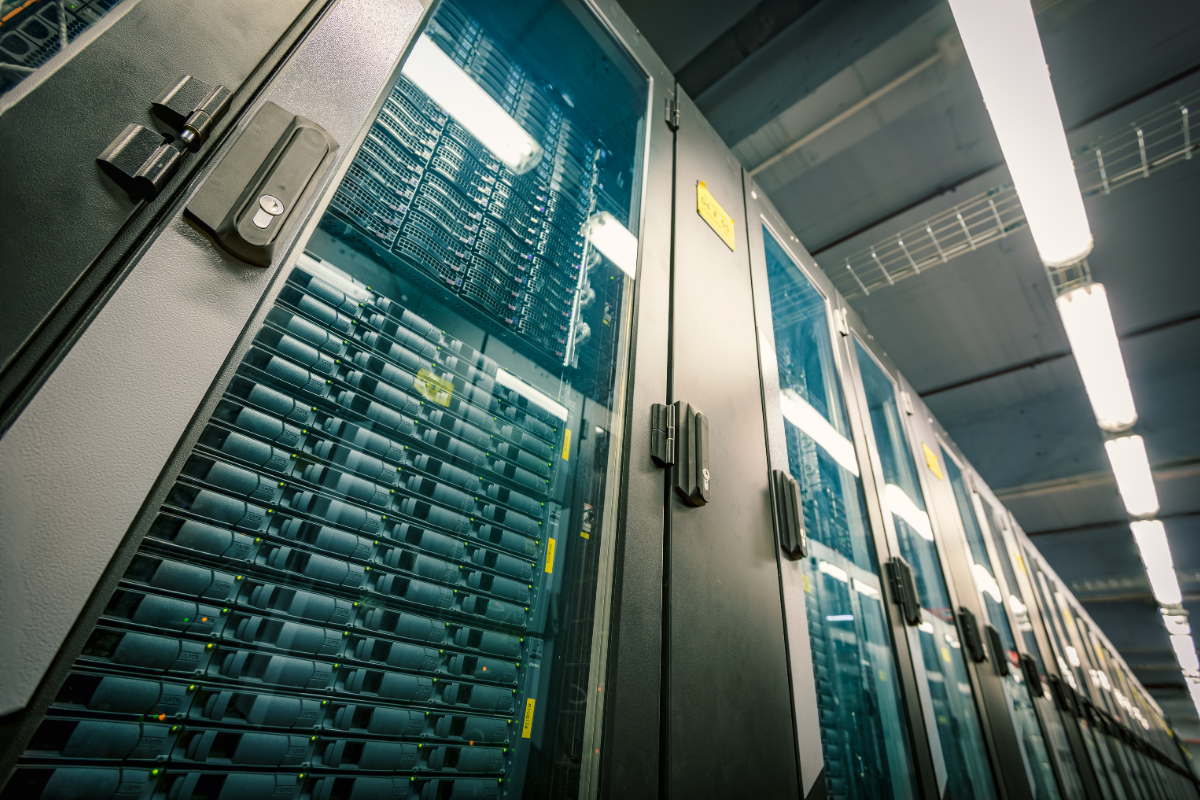In the ever-evolving landscape of data-driven decision-making, the term “Data Clean Room” has emerged as a powerful concept that combines the pursuit of valuable insights with the imperative of data privacy and security. As organizations increasingly harness vast troves of data, concerns surrounding user privacy and compliance with data protection regulations have grown exponentially. This blog post delves into the intricacies of Data Clean Rooms, their significance, and how they can revolutionize data collaboration without compromising confidentiality.
What is a Data Clean Room?
In essence, a Data Clean Room is a secure environment where authorized personnel can analyze and work with sensitive data while ensuring the anonymity of individuals whose data is being processed. It acts as a barrier between the data provider and data users, facilitating valuable analytics without exposing personal information. This controlled ecosystem enables companies to collaborate and extract valuable insights from datasets without violating data protection laws or compromising customer privacy.
The Components of a Data Clean Room
Anonymization Protocols: Data Clean Rooms are built upon anonymization techniques that eliminate personal identifiers, ensuring that individual identities are masked throughout the analytical process. This involves scrubbing or aggregating the data to a level where no individual can be identified.
Controlled Access:
Access to the Data Clean Room is strictly controlled, limited only to individuals who have been granted authorization. Each user is monitored and audited to maintain a high level of data security.
Secure Infrastructure:
Robust security measures protect the physical and digital infrastructure of the Data Clean Room. Encryption, firewalls, and authentication mechanisms are implemented to thwart any unauthorized access.
Data Usage Policies:
Clear data usage policies are defined, ensuring that data users abide by strict guidelines to prevent any unauthorized data replication or extraction from the Clean Room.
How does Data Clean Rooms work?
Data Clean Rooms operate through a combination of advanced data anonymization techniques and strict access controls to ensure the privacy and security of sensitive data.
The following steps outline how Data Clean Rooms work:
Data Preparation:
The data provider, typically an organization or data custodian, prepares the raw dataset by removing any direct personal identifiers such as names, addresses, or social security numbers. Any other sensitive attributes are either masked or aggregated to a level where individual identities cannot be deduced.
Anonymization Techniques:
Advanced anonymization techniques are applied to the prepared dataset. These may include methods like data masking, data perturbation, generalization, or tokenization. The goal is to retain the statistical significance of the data while obscuring any information that could lead to the identification of individuals.
Data Transfer:
Once anonymized, the data is transferred to the Data Clean Room environment, which is a secure, isolated, and controlled space where data analysis will take place. This transfer is often done using secure encryption methods to protect data during transit.
Controlled Access:
Access to the Data Clean Room is strictly controlled and limited to authorized personnel. Each user is granted specific permissions based on their role and task, and their activities within the Clean Room are closely monitored and audited.
Analysis and Collaboration:
Within the Data Clean Room, data analysts and researchers can perform various analyses on the anonymized dataset without compromising individual privacy. The clean room provides tools and resources for data manipulation and exploration while ensuring data remains protected.
Results Extraction:
The insights and results obtained from the data analysis are extracted from the Data Clean Room in an aggregated or summarized format, further safeguarding individual identities. These outputs can then be shared with stakeholders or other collaborating entities.
Data Usage Policies:
Data Clean Rooms are governed by strict data usage policies that outline what users can and cannot do with the data. This ensures that users adhere to ethical and legal guidelines, preventing any unauthorized data replication or extraction from the clean room.
Data Destruction:
After the analysis is completed, any temporary data or intermediate results generated within the Clean Room are securely disposed of to eliminate any residual traces of sensitive information.
By employing these methodologies, Data Clean Rooms provide a secure and privacy-preserving environment for collaborative data analysis, enabling organizations to derive valuable insights without compromising data confidentiality or violating data protection regulations.
Benefits of Data Clean Rooms
Enhanced Data Collaboration:
Data Clean Rooms foster collaborative efforts among organizations by facilitating the sharing of data without compromising privacy. This enables companies to pool resources and conduct in-depth analyses that benefit all parties involved.
Compliant Data Insights:
As data regulations tighten, adhering to privacy laws becomes critical. Data Clean Rooms provide a safe harbor for conducting analytics that comply with evolving data protection standards.
Improved Customer Trust:
By using Data Clean Rooms, organizations demonstrate their commitment to data privacy, building trust among customers and stakeholders.
Business Insights without Compromises:
Companies can now derive valuable insights from diverse datasets without needing to access raw personal information, thus striking a balance between data-driven decision-making and individual privacy.
Conclusion
Data Clean Rooms have emerged as a trailblazing solution in the era of big data and privacy concerns. These controlled environments allow organizations to harness the power of data analytics while respecting individual privacy and ensuring compliance with data protection regulations. As the importance of data-driven insights grows, adopting Data Clean Rooms becomes not just a choice but a necessity in the journey to unlock the potential of data responsibly and ethically.

